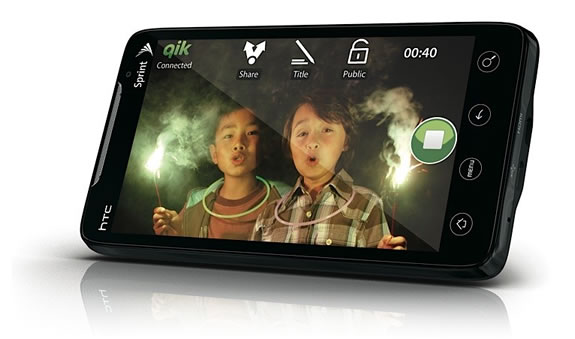While most of us are used to getting high speed Internet connections at home, the office or even the local coffee shop, once we are on the road those high speeds have to stay behind. With 4G the promise is that you can get real mobile broadband to go. In this piece we are going to tell you all about the technology and its benefits, who offers it or plans to, how much it costs, and the gear you need to enjoy the next generation of wireless broadband today.
But first, some background: 4G is the short name for fourth-generation wireless, the stage of mobile communications that will enable things like IP-based voice, data, gaming services and high quality streamed multimedia on portable devices with cable modem-like transmission speeds. It's a successor to 2G and 3G wireless, whereby the first signified the shift from analog to digital transmissions, bringing data services like SMS and email to mobile phones for the first time, and the second refers to the advent of things like global roaming as well as higher data rates.

There are a number of standards and technologies pertaining to each wireless generation -- GSM, cdmaOne, GPRS, EDGE, CDMA2000, UMTS (also marketed as 3GSM), HSDPA, among others. For practical reasons, we won't be dwelling on the technicalities of each term and instead will move onto the ones that involve our topic of interest here: 4G.
Read: Everything You Need To Know About 4G
These articles are brought to you in partnership with TechSpot.















11 Comments - Add comment